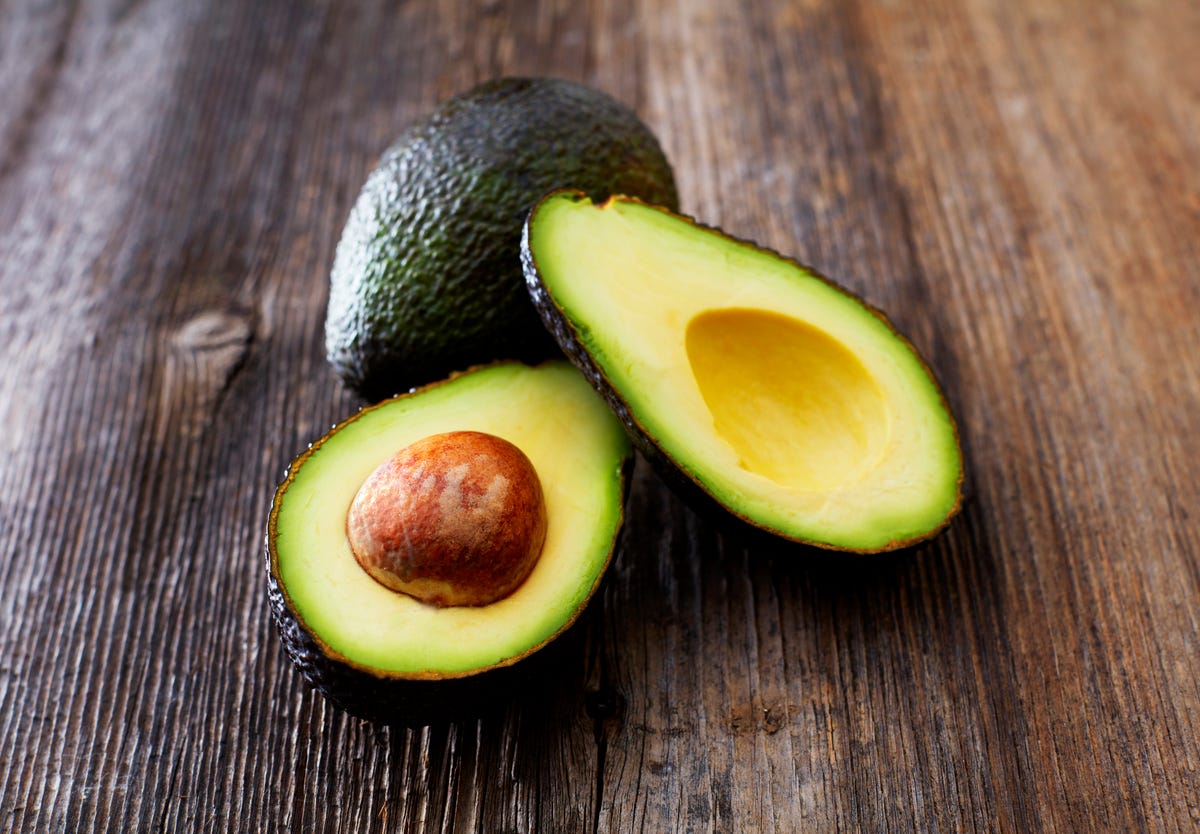We like to think that all the groceries we take home from the market or buy online are perfectly safe. While that’s often true, the bacteria and other harmful toxins that lurk on fruits, vegetables, meats and dairy products can cause a number of short- and long-term health complications.
Fruits and vegetables are billed as some of the healthiest foods, but they’re also most prone to containing pesticides, which are used to protect them from invasive animals and disease during cultivation. In fact, nearly three-quarters of all non-organic produce has detectable levels of pesticides by the time it reaches your supermarket shelves or grocery delivery order, according to a 2023 study by food safety nonprofit Environmental Working Group.
But some are worse than others. To help suss out which fruits and veggies are most likely to have potentially harmful pesticides, the Environmental Working Group analyzed 46,569 samples of 46 fruits and vegetables tested by the FDA and USDA to compile the annual Dirty Dozen, a list of the produce most likely to be contaminated with pesticides.
The list is made up largely of fruits and vegetables without a protective skin such as berries, greens, apples and stone fruit.
The 2023 Dirty Dozen
- Strawberries
- Spinach
- Kale, collard and mustard greens
- Peaches
- Pears
- Nectarines
- Apples
- Grapes
- Bell and hot peppers
- Cherries
- Blueberries
- Green beans

Foods with a naturally occurring protective skin are far less likely to contain potentially harmful pesticides.
The 2023 Clean 15
- Avocados
- Sweet corn
- Pineapple
- Onions
- Papaya
- Sweet peas (frozen)
- Asparagus
- Honeydew melon
- Kiwi
- Cabbage
- Mushrooms
- Mangoes
- Sweet Potatoes
- Watermelon
- Carrots
EWG’s methodology involves six measures of pesticide contamination. The analysis focuses on which fruits and vegetables are most likely to contain one or more pesticides but does not measure how much of any one pesticide is on a given piece of produce. You can read more on the EWG’s Dirty Dozen in the published study here.

